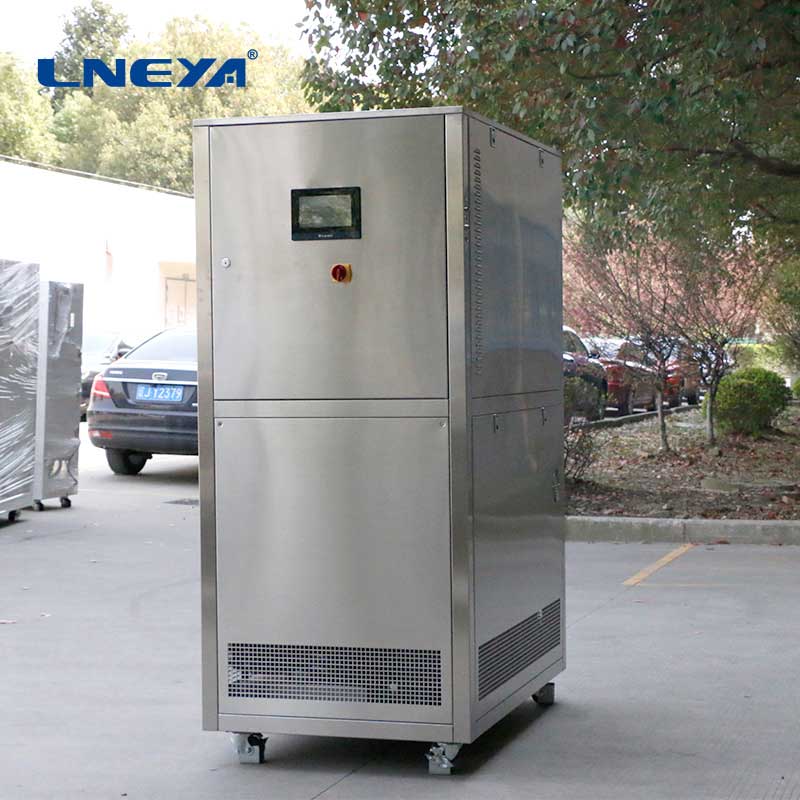thermal chamber testing procedure
Thermal Chamber Testing Procedure: A Comprehensive Guide
Thermal chamber testing is a critical process used to evaluate the performance and reliability of materials, components, and products when exposed to controlled temperature environments. This testing procedure is essential for ensuring the quality and durability of items that will be used in various temperature conditions.

Purpose of Thermal Chamber Testing
Thermal chamber testing is conducted to:
Assess Material Performance: Determine how materials react to temperature changes.
Ensure Product Reliability: Verify that products can withstand expected temperature fluctuations.
Compliance Verification: Ensure products meet industry standards and regulations.
Equipment Used in Thermal Chamber Testing
Thermal Chambers: These are controlled environments that can achieve and maintain specific temperature conditions.
Temperature Sensors: Used to monitor and record the temperature within the chamber.
Data Loggers: Devices that record temperature data over time.
Thermal Chamber Testing Procedure
The procedure typically involves the following steps:
Preparation: Samples are prepared and placed in the chamber.
Temperature Regulation: The chamber is set to the desired temperature profile.
Testing: The samples are subjected to the temperature conditions for a specified duration.
Monitoring: Temperature and other relevant parameters are continuously monitored.
Data Analysis: The collected data is analyzed to evaluate the performance of the samples.
Applications of Thermal Chamber Testing
Thermal chamber testing is used in various industries, including:

Automotive: To test the performance of car components under extreme temperatures.
Electronics: For evaluating the reliability of electronic devices in temperature-controlled environments.
Aerospace: To ensure materials and systems can withstand the temperature extremes encountered in flight.
Importance of Standardized Testing Procedures
Adhering to standardized testing procedures is crucial for:
Consistency: Ensuring that tests are conducted uniformly across different batches and laboratories.
Accuracy: Minimizing errors and ensuring that results are reliable and reproducible.
Compliance: Meeting the requirements of regulatory bodies and industry standards.
Maintenance and Calibration
Regular maintenance and calibration of thermal chambers and associated equipment are essential to ensure the accuracy and reliability of test results.

Environmental Considerations
Thermal chamber testing contributes to environmental sustainability by helping to develop materials and products that perform efficiently in various temperature conditions, reducing energy consumption.
Conclusion
Thermal chamber testing is an essential procedure for assessing the thermal endurance of materials and products. By understanding the purpose, procedure, and applications of this testing, industries can ensure the quality and reliability of their products. The use of standardized testing procedures and regular maintenance of equipment ensures that thermal chamber testing remains a precise and valuable tool in product development and quality assurance.
This article provides a comprehensive guide to the thermal chamber testing procedure, discussing its purpose, equipment, procedure, applications, and the importance of standardized testing. It emphasizes the importance of accurate temperature control and monitoring in ensuring reliable test results and highlights the role of thermal chamber testing in environmental sustainability and product development.
Related recommendations
chiller range
326IntroductionChillers are essential cooling devices used across various industries and applications, ranging from maintaining comfortable indoor temperatures in buildings to ensuring the proper fu...
View detailsindustrial heat transfer
396What Is Industrial Heat Transfer?Industrial heat transfer is the process of moving thermal energy from one medium to another in manufacturing, chemical processing, power plants, and other industri...
View detailschiller 20 ton
863The Significance of 20-Ton Chillers A 20-ton chiller provides substantial cooling capacity, making it suitable for large-scale applications. These chillers are designed for continuous operation...
View detailsHow does the Cascade Refrigeration Cycle System Realize Low Temperature Control?
1481How does the Cascade Refrigeration Cycle System Realize Low Temperature Control? A cascade refrigeration cycle system is used for low temperature control below -20°C. Reasons for achieving l...
View details
 LNEYA Chiller
LNEYA Chiller






HelloPlease log in